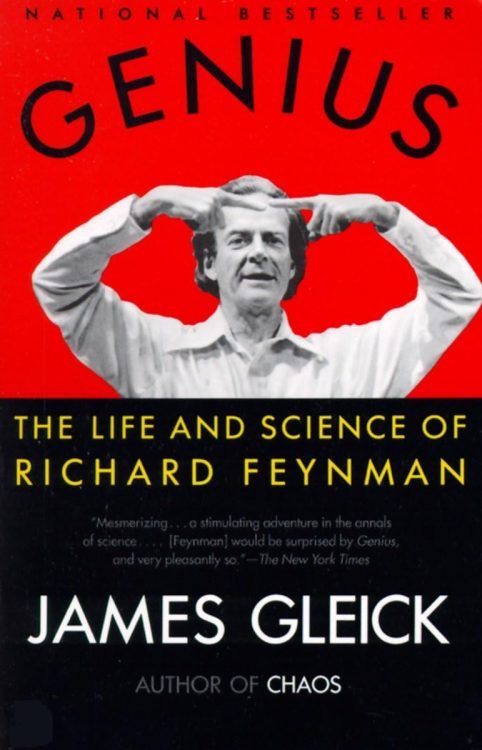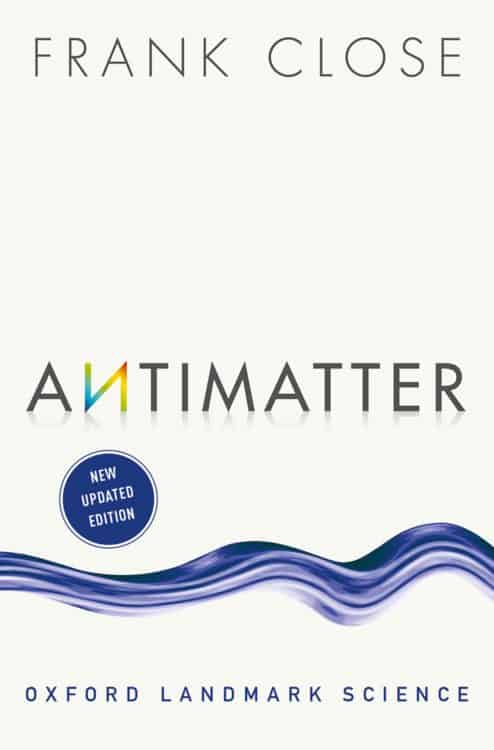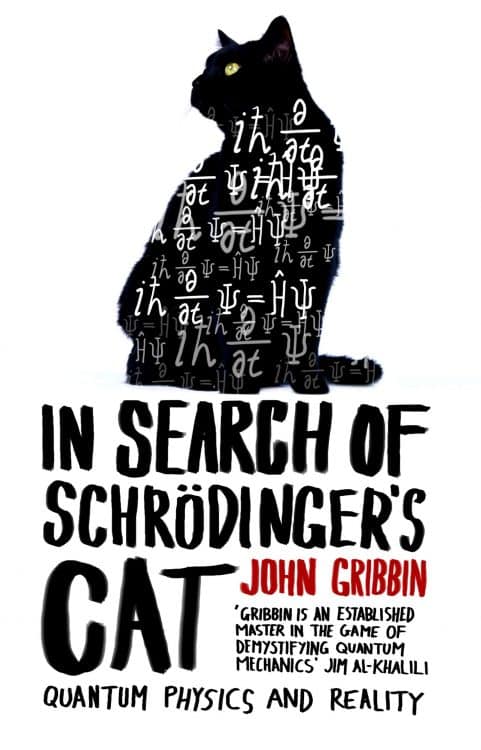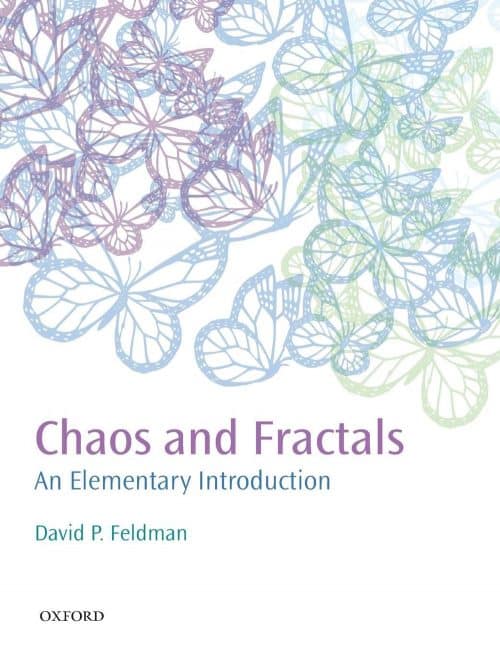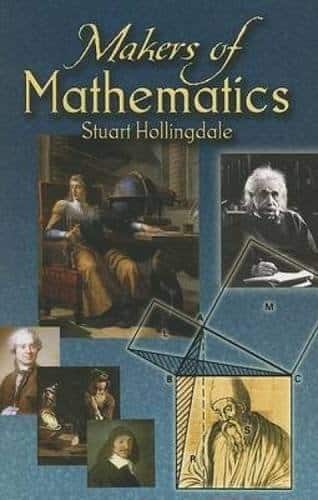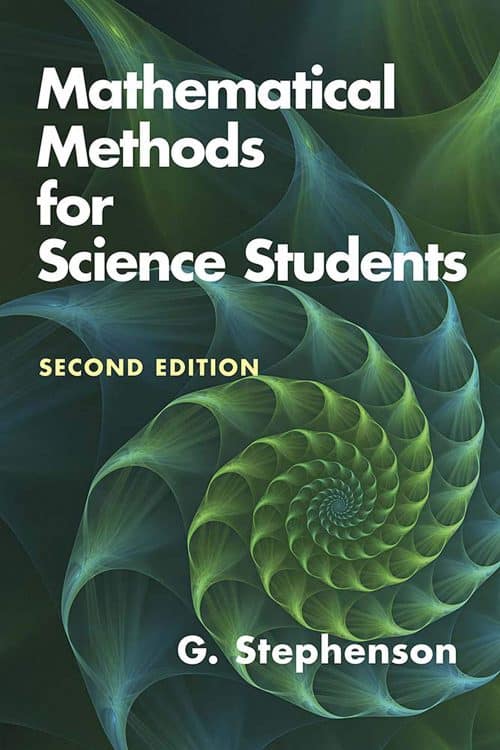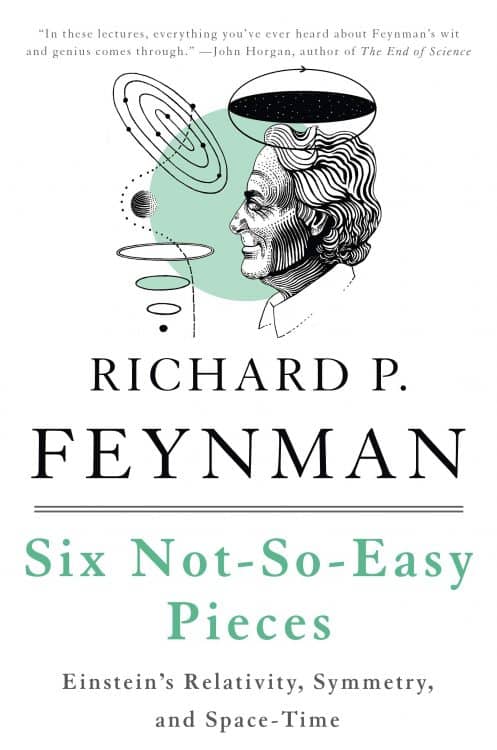In “The Particle at the End of the Universe,” Caltech physicist Sean Carroll takes readers on a fascinating journey to the heart of one of the most groundbreaking discoveries in recent memory—the Higgs boson. Known colloquially as “The God Particle,” the Higgs boson has captivated the imaginations of both scientists and laymen alike, representing a monumental step in our understanding of the universe and the elusive question of why mass exists.
Carroll skillfully demystifies the complex science behind the Higgs boson and the Large Hadron Collider (LHC) in Switzerland, where thousands of researchers have worked tirelessly, supported by billions of dollars, to uncover the secrets of dark matter. What emerges is a narrative that transcends mere scientific discovery, touching on themes of ambition, politics, financial investment, and the very human qualities of jealousy and self-sacrifice.
One of the book’s strengths is Carroll’s ability to break down the intricacies of particle physics without losing the reader’s interest or dumbing down the content. He guides us through the historical context, the technological marvels of the LHC, and the theoretical implications of the discovery with a clarity and enthusiasm that makes the material accessible to lay readers and satisfyingly informative for those with a deeper understanding of physics.
Beyond the science, “The Particle at the End of the Universe” shines a light on the people and stories behind the headlines. Carroll offers a behind-the-scenes look at the global collaboration required to achieve such a monumental task, highlighting the tensions and triumphs that are as much a part of the story as the particle itself.
The book also raises important questions about the role of physics in the larger context of society. Carroll discusses the immense cost of the LHC and the pursuit of knowledge for its own sake, prompting readers to consider the value we place on understanding the fundamentals of our universe.
In “The Particle at the End of the Universe,” Sean Carroll proves himself to be not just a distinguished physicist, but also a gifted storyteller. His passion for the subject is infectious, making this physics book a compelling read for anyone interested in the cutting edge of science and the mysteries of our universe. Whether you’re a seasoned physicist or simply someone who gazes up at the stars and wonders, Carroll’s book is an invitation to explore one of the most exciting frontiers in science—the search for the fundamental particles that make up everything around us.



